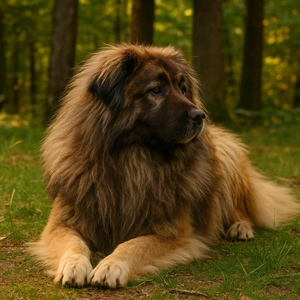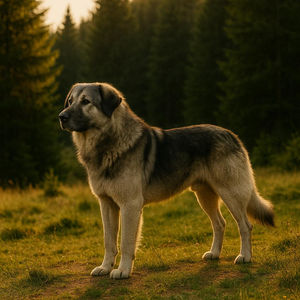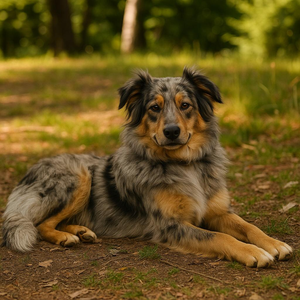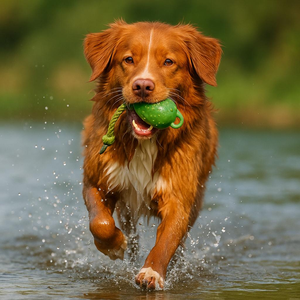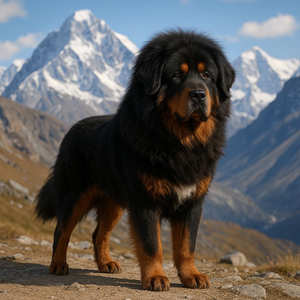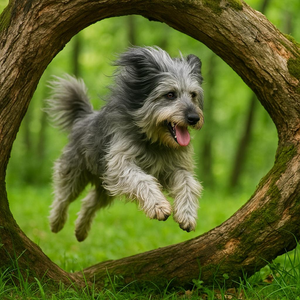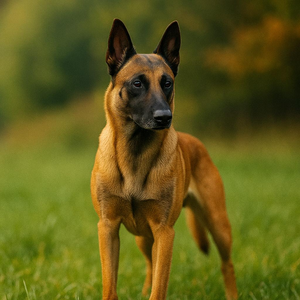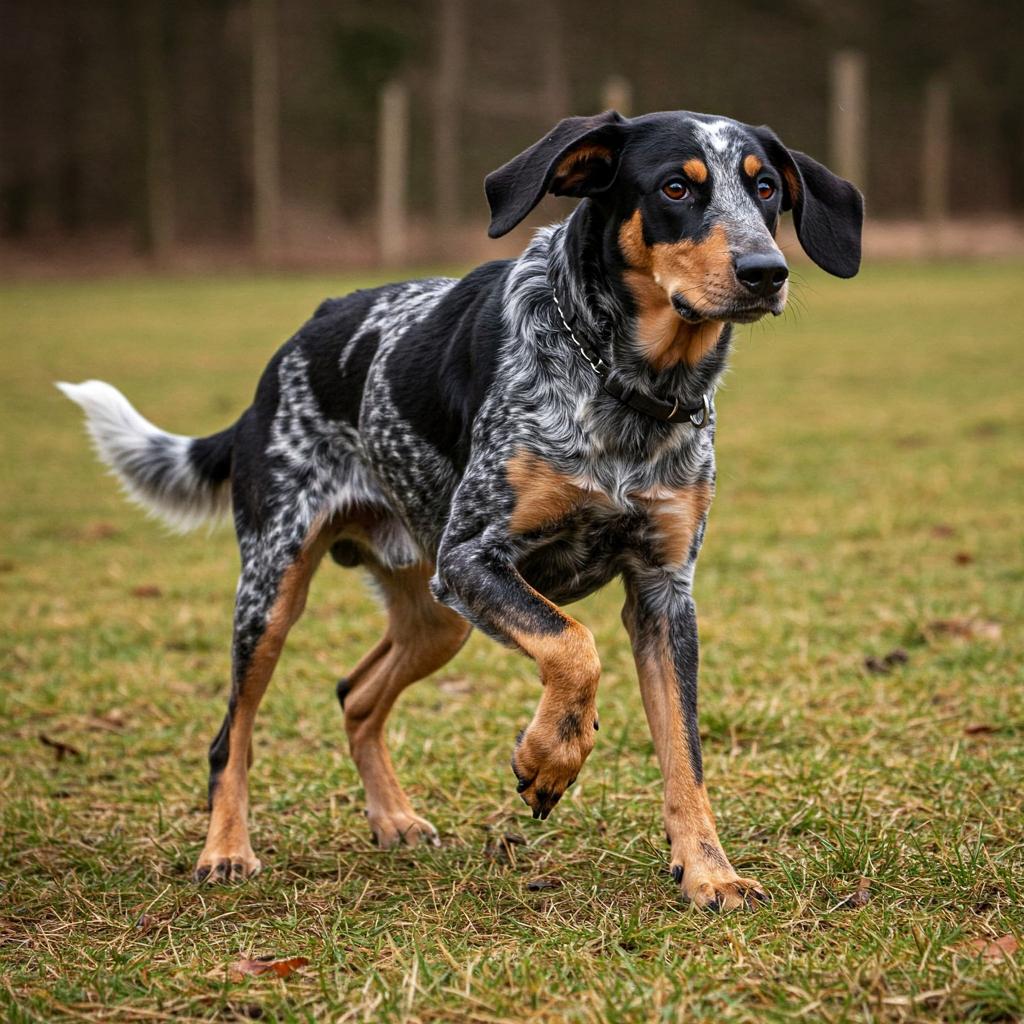
Key Traits of the Bleu de Gascogne Dog Breed
The bleu de Gascogne dog breed is subdivided into four breed types, which differ from each other in size and coat (especially the griffon). We therefore find the petit, which is a medium breed, the basset, which has short legs, the griffon, which has been crossed with griffon-type dogs that give it a medium-length coat, and the grand, which is the largest and is the one that comes closest to the original breed.
The grand bleu is in turn the progenitor of the other breeds, which in turn descends from a cross of the chien de Saint Ubert with ancient French hounds. The grand bleu and petit bleu breeds are well known, the other two much less so. The griffon bleu even risked extinction due to isolation within the borders of its area of origin, but thanks to the efforts of the French breed club and some breeders, selection has successfully resumed.
Let us now talk about the grand bleu, its origin is French and goes back as far as the Middle Ages where it was used for hunting wild boar, wolves and bears in Gascony in France. It is also used today for hunting big game and is a hunting dog.
The other three breeds are also for hunting, thanks to their superb sense of smell and are also docile and affectionate. They have a very pronounced predatory instinct, and can also be excellent companion dogs, especially the basset variety.
As far as hunting is concerned, each of the 4 breeds has its own purposes. Of the grand we spoke earlier, while the petit is used mainly for fox and hare hunting. The griffon is a solitary dog and used for hunting wild boar. French hunters call the grand bleu de Gascogne the most imposing and noble hound in the world.
Character of the bleu de Gascogne dog breed
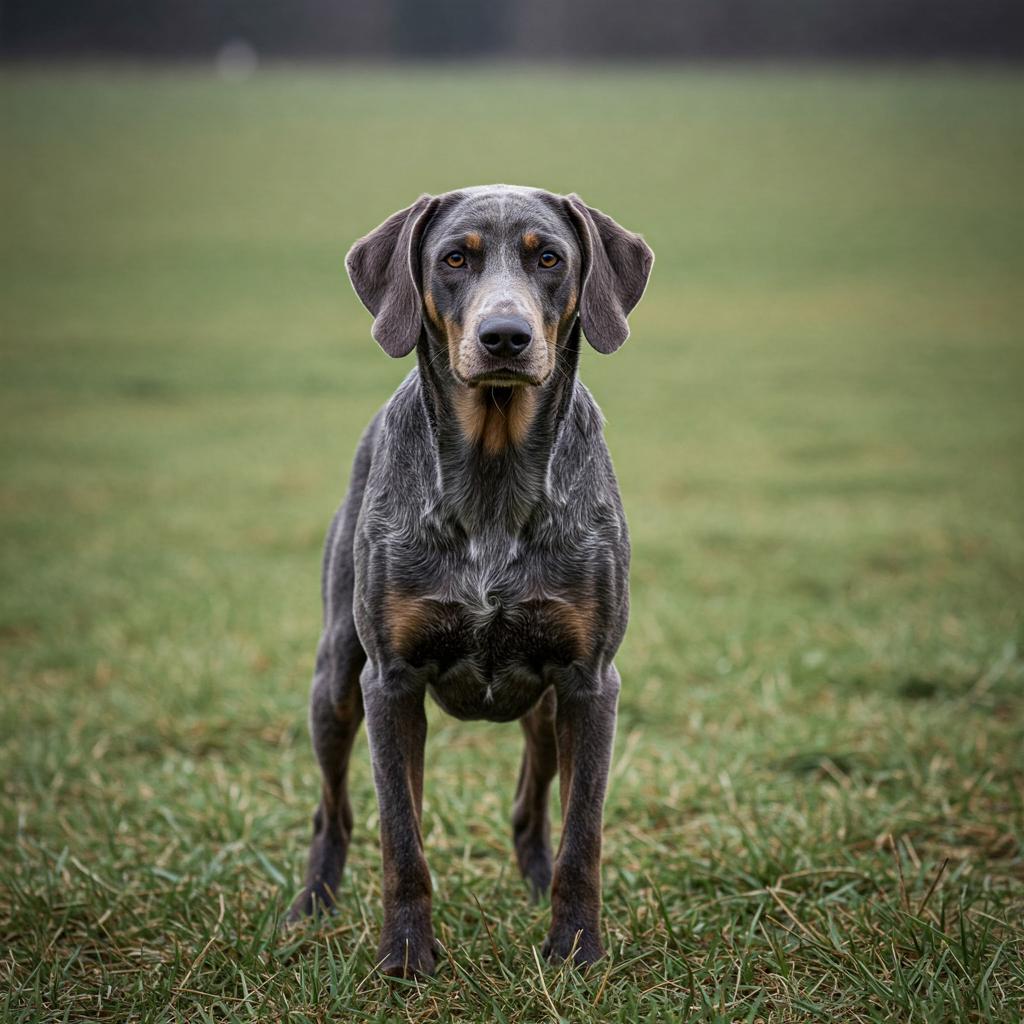
They are very intelligent and therefore easy to train, also because they want to please their owner very much. They are used to living in communities so loneliness can weigh heavily and result in acts of destruction.
They are very good with children as long as they respect them, but with strangers they are rather cautious and it takes them some adaptation to accept a new person. If they smell game they are rather inclined to run after it, so if they are not safe there is a danger of losing them, as they can also go a long way. They do not bark but howl in a very low tone.
With their own kind they have no problems adapting, but they do not get on very well with cats as they see them as prey. They are not suitable for elderly or sedentary people as they need a lot of exercise every day. They can be either outdoors or indoors, however they prefer to be outdoors during the day, but at night or when the weather is bad they are also happy to stay indoors.
Appearance of the bleu de Gascogne dog breed
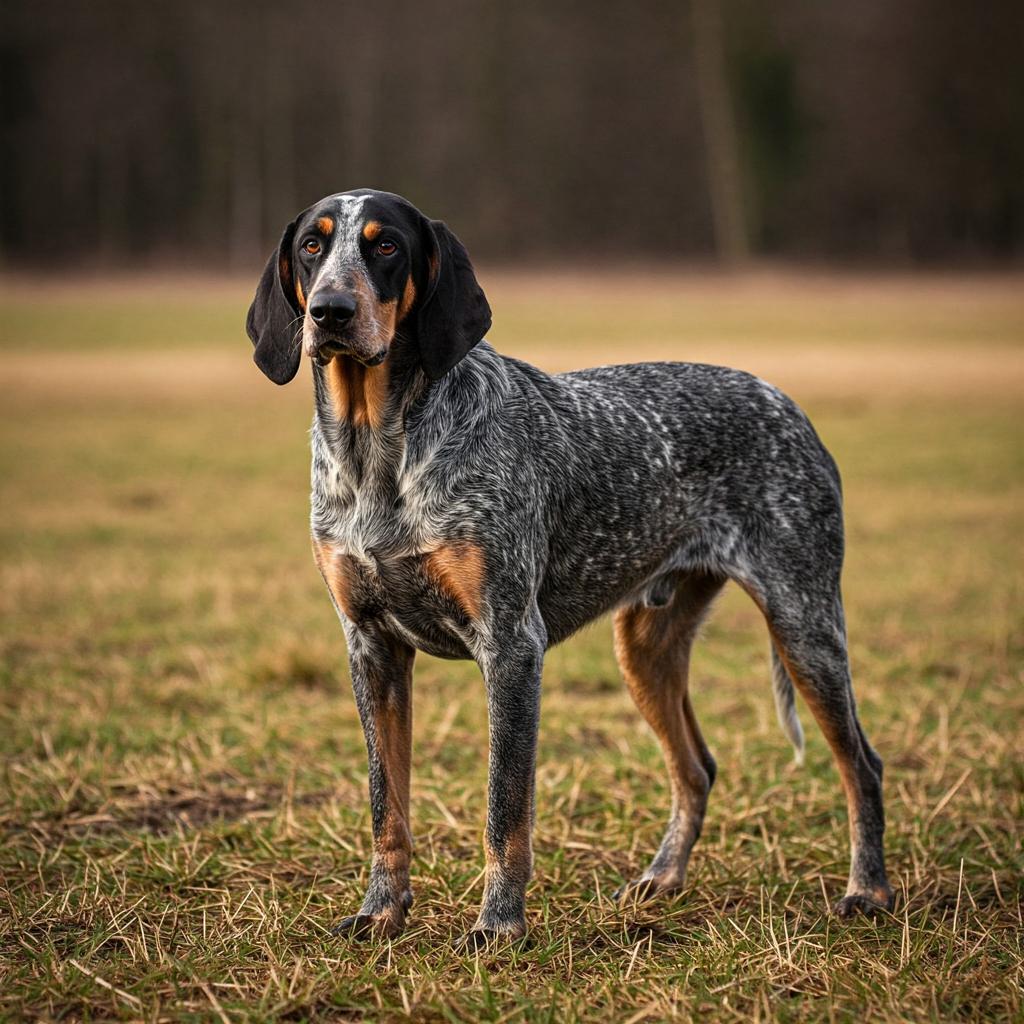
They have a very similar physiognomy, i.e. elongated body and head, straight limbs and long, drooping ears. As already mentioned, they are distinguished above all by their size and type of fur. In addition, the basset bleu differs from the others in that it has short legs. The tail is similar in all 4, i.e.: attached fairly high, rather long and carried in a sickle shape.
They are hounds in their own right, and also full of class and distinction. As for the coat, the grand bleu, petit bleu and basset bleu have a short coat, while the griffon bleu is rough-coated. The coat colours are: the base colour is white or light with blue spots and speckles, focalities above the eyes and traces of fire on the head, inside of the ears and on the limbs.
Care and health of the bleu de Gascogne dog breed
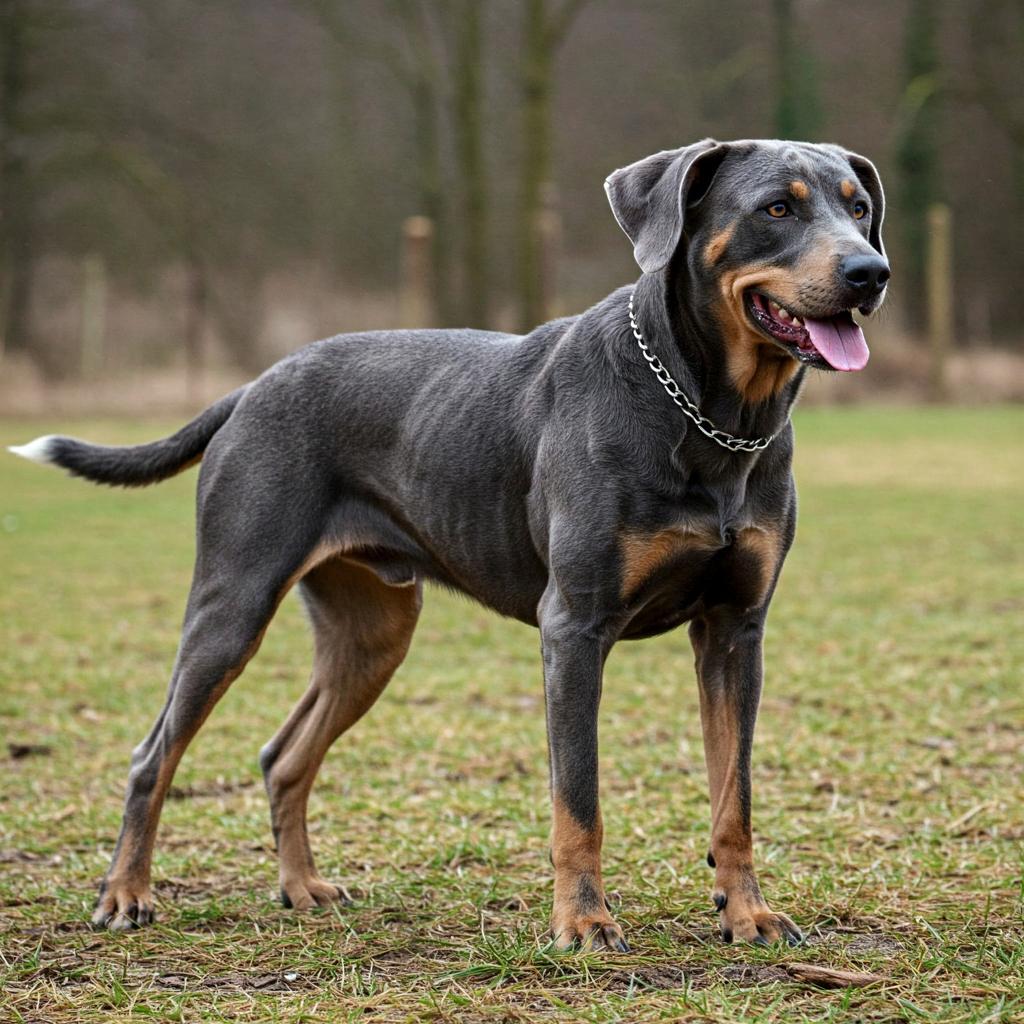
The most delicate breed seems to be the basset, which is exposed to different diseases than the others; it has limb problems and a tendency to obesity. However, they are very robust and rustic dogs: the three short-haired breeds only fear humidity. One must always keep the ears clean, checking them often.
As far as coat care is concerned, caring for the short hair of these dogs is not difficult, whereas the griffon variety requires more rigour to prevent the hair from knotting.



